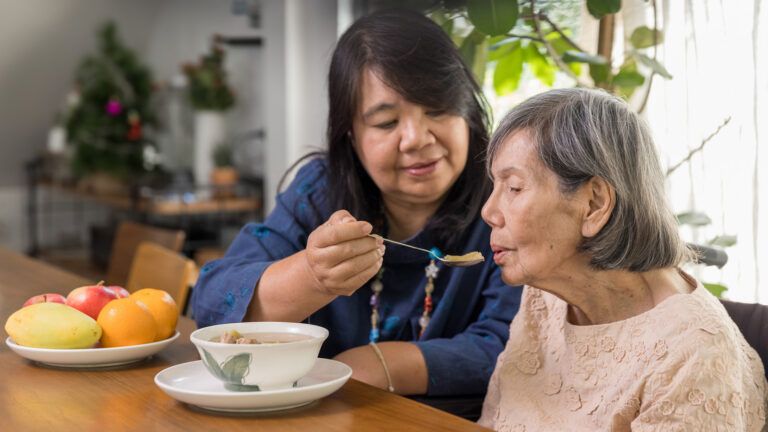Christine Foley, RN, BA, COS-C is the Director of Health Services & Business Development at Benjamin Rose Institute on Aging.
When you’re caring for a loved one, you may look to the doctor for the answers you don’t have. If a new symptom or situation arises or you need advice about previously prescribed treatments, it’s appropriate to go to the doctor for answers. However, doctor’s visits can be disappointing. The doctor may have to follow his or her own protocol, including taking time to ask questions, conduct an exam, and write prescriptions. That may leave very little time for a conversation, where you might get answers to your questions or raise new concerns. And, when doctors have a very busy practice or are running behind schedule due to an emergency, they may have even less time available. You can’t rely on the doctor to bring up the questions that matter most to you. For these reasons, it is important to plan ahead before going to the doctor to make sure you get the answers you need, your concerns are addressed and to make the best health decisions for your loved one.
Follow these practical tips to help you and your loved one make the most of your doctor’s visit:
1. Make a List of Your Loved One’s Problems or Symptoms
Give doctors as much relevant information as possible so they have the information they need to diagnose problems, treat them or order additional tests. For example, when do your loved one’s symptoms arise: in the morning, during exercise or after eating something in particular? Give specific descriptions. If your loved one is experiencing pain, is it stabbing, aching, dull or pressure related? Where is the location of the problem, and does it travel to different areas of their body? Think of this exercise as painting a picture for the health practitioner by providing as much detail as you and your loved one can recall. Encourage your loved one to be honest and not to minimize their problems for fear of what the doctor might think or say.
2. Set Your Priorities
Make a list of questions before the visit together with your loved one so that you can stay on track during your appointment. You will most likely have a lot to squeeze into a short amount of time, so stick to your list to ensure you get your questions answered. Ask the most important question first, so you don’t run out of time. Typically, three or four questions will help improve the outcome of your visit. Whether you’re asking for a specialist referral, inquiring about blood work or other tests, or hoping for a diagnosis, help the doctor by being prepared.
3. Go to the Doctor with Your Loved One
Going to the doctor with the person you care for can be helpful for many reasons. Perhaps your loved one has problems with their hearing or memory, so you can be there to help hear and remember the doctor’s advice. If your loved one feels comfortable with the idea, join them in the exam room. You may be able to give the doctor additional information and remember what the doctor says. Your presence may also be reassuring for your family member if he or she is feeling anxious about the visit.
4. Talk About Medicine
Every time your loved one visits the doctor, review all the medications they take. Just because a doctor prescribed medication two years ago, it does not always mean it needs to be taken forever. As we age, our organs age too, and certain medications may be more harmful than beneficial. If your loved one sees multiple doctors, make sure each doctor knows all the medications that have been prescribed. Talk to their doctor to review what is really necessary, and obtain written directions as well as information on side effects and dosing from the pharmacist.
5. Ask Follow Up Questions
You have the right to ask follow up questions. Ask about the validity of the diagnosis. Ask if there are any other possibilities. What about treatments and risks? Are there lifestyle changes that will help? What is your loved one’s overall prognosis? What other supports or services do they need, or could be beneficial for you both? Take notes, be proactive, partner with the health care team and develop the tools necessary to make each visit count.





